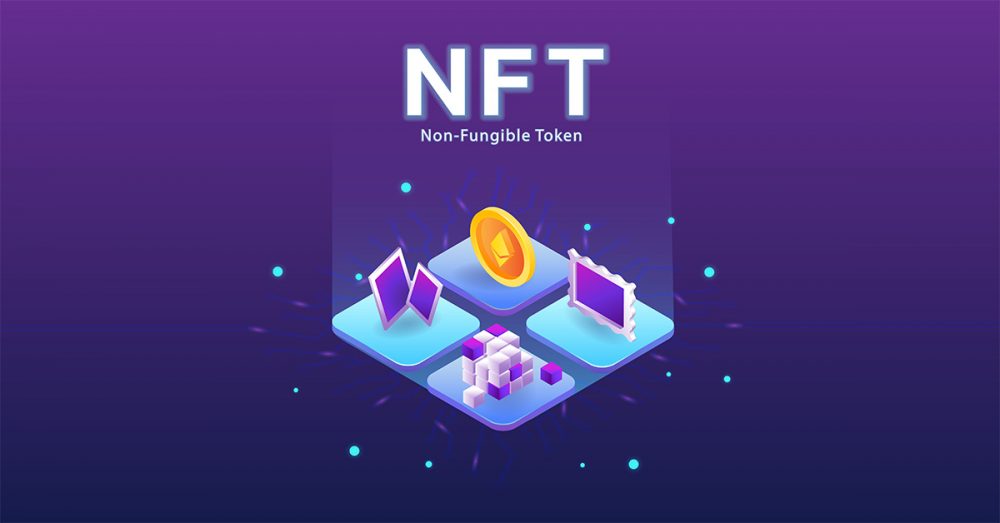Why Are NFTs Called “Non-Fungible”?
NFTs, or non-fungible tokens, have exploded in popularity over the past few years, from million-dollar digital art sales to viral collectibles and virtual real estate. But despite all the hype, the name still confuses a lot of people. So let’s answer the question: why are NFTs called non-fungible?
First, What Does “Fungible” Even Mean?
To get to the bottom of it, we need to understand the word “fungible.” It’s a term mostly used in economics and finance. A fungible asset is something that’s interchangeable with another of the same kind.
For example:
- A $10 bill is fungible. You can swap it for another $10 bill or even two $5 bills, and nothing really changes.
- One Bitcoin is fungible with another Bitcoin. It doesn’t matter which one you have—they’re all equal in value and function.
Now let’s flip it.
So What Does “Non-Fungible” Mean?
Non-fungible means not interchangeable—at least not in a one-to-one, equal way. Each item is unique, with its own distinct value and characteristics.
That’s where NFTs come in.
An NFT is a digital token stored on the blockchain that represents ownership of something unique. It could be:
- A piece of digital art
- A music track
- A virtual trading card
- A tweet (yes, even tweets have been sold as NFTs!)
- Virtual land in a metaverse platform
Even if two NFTs look similar, they are not the same in terms of ownership, value, or metadata. Each one has its own digital fingerprint, so to speak.
Real-World Example: Think Baseball Cards or Artwork
Imagine you own a rare 1952 Mickey Mantle baseball card. Your friend has a 2020 Topps common card. You wouldn’t trade one for the other and say they’re equal—even though they’re both baseball cards. That’s non-fungibility in action.
Similarly, you wouldn’t swap the Mona Lisa for a print from a gift shop. They’re both images of the same thing, but their uniqueness and value are completely different.
What Makes NFTs “Non-Fungible”?
On a technical level, NFTs are created using smart contracts—usually on the Ethereum blockchain—using standards like ERC-721 or ERC-1155. These standards allow developers to create tokens that are unique and carry individual data (like a certificate of authenticity).
This is different from ERC-20 tokens (like most cryptocurrencies), which are fungible and identical to each other.
Why It Matters
The “non-fungible” nature of NFTs is what opens the door to digital ownership. It means artists can sell their work directly to fans, gamers can own and trade virtual assets, and collectors can hold proof of authenticity that lives forever on the blockchain.
In other words, “non-fungible” isn’t just a technical term—it’s the very reason NFTs are revolutionary.
Final Thoughts
While “non-fungible token” might sound like tech jargon, it really just means a digital item that’s one-of-a-kind. Understanding this simple concept helps demystify the NFT world and gives you a clearer view of why everyone—from artists to investors—is paying attention.

